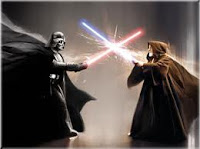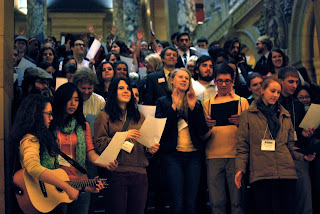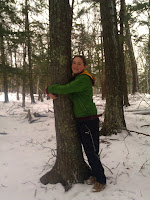Hi loyal readers, if this looks boring skip to the bottom to see what I learned! Otherwise, I hope you enjoy this next action-packed installment of the new hit series,
I'm Starting an Environmental Club!
 |
The awesome poster we put up all over
the school |
I Try My Hand at Advertising
In the past few weeks, my big job for getting the club started was publicity. This turned out to be much simpler than I expected with my limited art skills.
I designed a flyer that got posted around the school, emphasizing how the club is led by high school students and is focused on action- we figured those elements would be better at attracting middle schoolers than a scary statistic about global warming or landfills. The well-placed clip art was a nice touch too, in my humble opinion.
We also passed out announcements on slips of paper for all the homeroom teachers to read to their classes. To try to get more student involvement, we also encouraged the classes to brainstorm ecofriendly action ideas for Earth Day and write them on the back of the announcement paper.
If at First You Don't Succeed... Be More Organized
I wish I could say all my work was immediately successful, but in reality our first two attempts at club meetings fell apart because of a series of unfortunate circumstances involving school bus traffic, illness, and some disorganization on my part.
 |
With help from a technological genius
student, we put this image on a SmartBoard
to trace onto our posters. |
The silver lining was that I truly learned the meaning of that famous Woody Allen quote- "Ninety percent of life is just showing up."When I showed up for the third meeting attempt, with another high school volunteer I'd recruited, there was finally a successful meeting of the Roseville Area Middle School Earth Group- complete with middle school participation. We spent the meeting making some huge green posters with lots of help from a young graphic design genius who had attended. It's cheesy, but for me and the other volunteer, it was really inspiring to see that middle schooler putting his time and talent to work to help his school community.
People Help Me Out
It's cool to see my old teachers at the middle school, but what's been really impressive to me is how supportive they are of the new club- announcing it to their classes, encouraging kids to join, and donating their classroom cleaning spray bottles for the green cleaners project the club plans to do. Several also returned the announcement slips with suggestions from their students about Earth Group activities.
I'm also amazed at the enthusiasm of the high school students who I recruit to help out with the meetings. It's been really surprising and encouraging to see how many of my peers are willing to volunteer.
 |
Not what you want to see when you're leading a meeting
in four minutes... |
What I Learned
In this episode of "I'm Starting An Environmental Club!", I experienced some obstacles when my first two attempts at meetings didn't work out. But when the third attempt at a club meeting actually worked, I learned that
persistance can pay off. Especially when it comes to organizing environmental clubs.
On a more specific note, I had some trouble getting from the high school to the middle school in time for the meeting, given that the schools let out at the same time and are at least five minutes apart when traffic isn't slowed by millions of school buses. Therefore,
don't get stuck behind a huge line of school buses when you need to be somewhere on time. Learn from my mistakes... just leave class a few minutes early to beat the buses.
Thanks for reading, and see you next time on "I'm Starting An Environmental Club!"





































